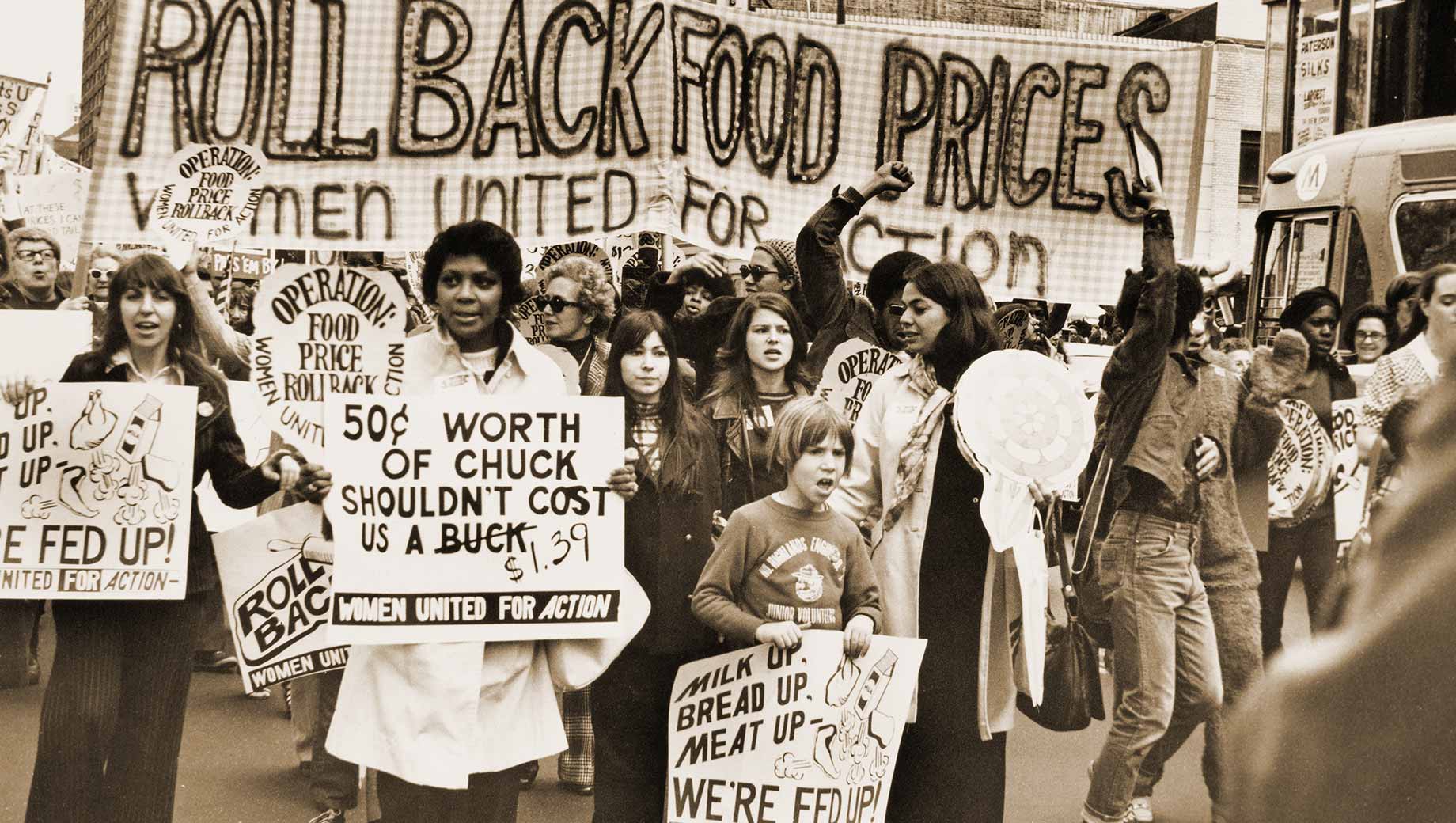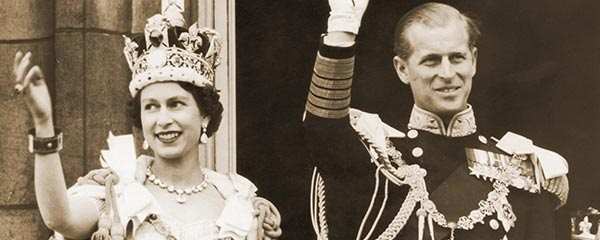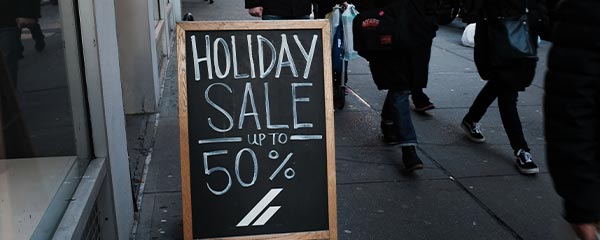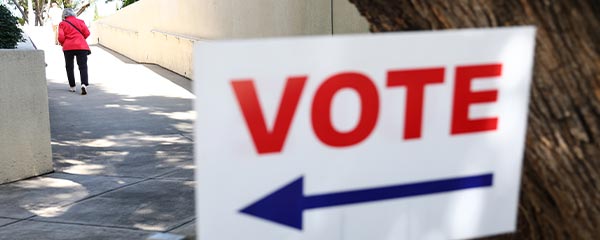The United States has seen all manner of inflation rates since the government established the Consumer Price Index near the start of the last century. The rates have ranged from nearly 24% in 1920 to as low as -16% in June 1921 -- both of which occurred during the recession that followed World War I. However, since the baseline year of 1914, there have been just five periods when inflation exceeded 10% for a sustained period of time, with the most recent occurring for an extended stretch from the late 1970s to early 1980s.
So how have Americans reacted to hyperinflation historically? This review looks at the four episodes that have occurred in the Gallup polling era, since the 1930s.
World War II-Era Inflation
Rising prices may have been on Americans' minds when inflation hit 10% in November 1941, up from 1% or less at the start of the year. But only 4% of adults that November mentioned it or the high cost of living as the "most important issue before the country today." Naturally, the large majority of responses dealt with aspects of World War II just ahead of the United States' entry into the war after Japan's attack on Pearl Harbor in December.
Inflation evidently wasn't a major concern of Gallup Poll editors either at that time, as no direct questions dealt with it until September 1942, when Gallup asked, "Who or what do you think is most to blame for the increase in food prices?" Businesspeople profiting all along the supply chain (such as "wholesalers," "middlemen" and "retailers") took most of the blame, mentioned by 22%, followed by 13% citing wage increases or the high cost of labor, 12% citing the war in general and 8% citing scarcity of food due to the war.
In 1943, Gallup asked Americans if they knew what steps the government was proposing to stop inflation (54% said they did) and then probed these respondents for what some of those steps were. Government price ceilings were top of mind, mentioned by 63%, followed by selling war bonds (24%) and instituting wage ceilings (17%). At least 10% each mentioned taxes, rationing and forming the Office of Price Administration or OPA.
The Postwar Recipe for Inflation
Government wage and price controls eventually kept inflation in check during World War II, but after the war, the combination of consumer demand, supply shortages and the end to wartime price controls brought about another period of high inflation. Inflation rose from 2.2% in January 1946 to 18.1% by the end of the year and peaked at 19.7% in March 1947 before heading back down.
During this time, Gallup again asked a question about blame for higher prices. Americans faulted no single factor, but rather, spread blame around to the American public (13%), the OPA (12%), big business (11%), government officials (11%), labor organizations (10%), the Truman administration (9%) and Congress (8%).
In November 1947, Gallup asked Americans whether the government should reinstitute rationing and price controls on some products to check inflation and found the public leaning in favor of these wartime economic tools, 50% to 42%.
Getting to Know Stagflation
Not only did inflation creep into double digits in 1974, but by December, unemployment had reached 7%, and GDP was contracting. The reasons for this economic brew known as stagflation were many, including an energy shortage. But when asked in June 1974 to say who was more responsible for inflation, nearly half of Americans (47%) blamed the government, whereas far fewer held business (17%) or labor (18%) responsible.
For the first time, Gallup also probed how inflation was affecting people's lives, learning in August 1974 that 69% of Americans had already reduced their spending as a result. In a follow-up question asking those who had cut spending to cite some examples, 55% reported they had spent less on food, 21% on clothing, 16% on gasoline and 18% on "everything."
President Richard Nixon resigned over the Watergate scandal in August 1974, just as inflation was approaching 12%, thus leaving his successor, Gerald Ford, to address it. Indeed, Ford got right to work, proposing his "Whip Inflation Now" plan in a speech to Congress on Oct. 8 of that year. Along with a host of policy changes, Ford's plan called for Americans to spend less on goods and energy, hopefully cooling the demand side of the inflation equation.
Barely a quarter of Americans thought Ford's proposals to deal with inflation were sufficient -- either saying they were about right (21%) or even went too far (7%). The slight majority (52%) thought they didn't go far enough.
Still, Gallup found Americans broadly willing to do their part, with between 55% and 88% saying they would be willing to make each of six different sacrifices to combat inflation. The highest support was for buying more basic foods and fewer packaged and processed foods, while the lowest was for taking a 15% pay cut (if prices were reduced similarly).
By 1975, inflation had eased slightly, but unemployment was still high, generating much debate about which economic problem the government (particularly the Federal Reserve) should prioritize fixing. Americans were evenly split on that question, with 46% wanting the government to give greater attention to curbing inflation and 44% to reducing unemployment.
Stagflation Intensified
By mid-1978, the country was in the grip of an unusual combination of high inflation and high unemployment coming out of the 1973-1975 recession. That fall, President Jimmy Carter, who had been elected in 1976, announced his own anti-inflation plan, but only a third of Americans (32%) who had heard his speech thought his plan would succeed.
Indeed, inflation continued to rise over the next year. It stretched further to 14.8% in March 1980, its highest level that year, at which point only 31% of Americans had faith in Carter's economic program. The rest thought his policies would exacerbate inflation (38%) or would make no difference (19%), or were unsure (13%).
Heading into the 1980 presidential election, Americans expressed more confidence in Republican nominee Ronald Reagan than Carter to handle inflation, and Reagan's position only improved as the campaign progressed. In October 1980, Reagan led Carter by 42% to 25% as the candidate Americans felt would do the better job of reducing inflation.
Carter chose not to participate in the first 1980 presidential debate, but inflation was by far the top issue registered voters wanted Reagan and independent candidate John Anderson to address in that forum, mentioned by 51%. Foreign affairs was a distant second, at 17%.
High inflation followed Reagan into office, still registering above 11% at the start of 1981. In line with his honeymoon overall job approval ratings in the 60s, approval of Reagan's handling of inflation reached as high as 58% in his first quarter. However, public skepticism about inflation was such that only 24% thought inflation would go down by year's end.
In October of that year, with inflation still at 10%, less than half of Americans (46%) thought it was likely that Reagan's economic program would substantially reduce inflation even by 1984.
In fact, by December 1981, inflation fell below 9% for the first time in more than three years, and by November 1982 it had dropped below 5%, thus ending what has been termed The Great Inflation.
Meanwhile, the percentage of Americans citing inflation when asked to name the most important problem facing the country fell from 52% in October 1981 (the earliest that Gallup recorded inflation as a single issue in its Most Important Problem trend) to 18% by April 1983 and 7% by October 1985.
Inflation itself has since stayed below 10%, including in 2022, when it reached a peak of 9.1% in June. Although inflation descended to 7.7% by October, mentions of inflation as the Most Important Problem that month reached a 40-year high of 20%.
Read more about Gallup polling on the economy.
Explore other topics in the Gallup Vault.




